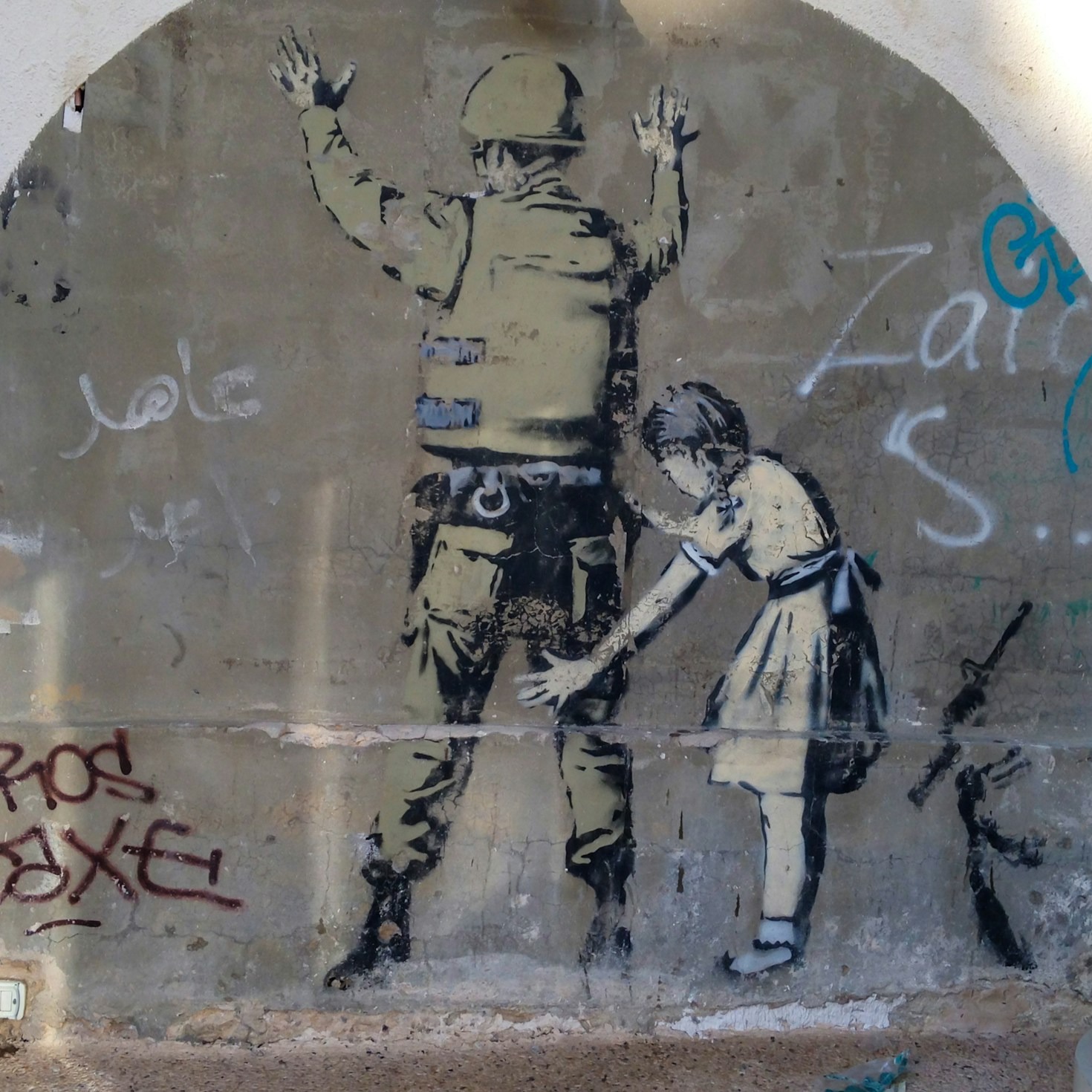Your cart is currently empty!
Modern art has long served as a powerful medium for artists to engage with the values and challenges of democracy. Through thought-provoking exhibitions, public installations, and critical discourse, the art world has grappled with themes of freedom, equality, and citizen participation. In this blog post, we’ll delve into some key ways modern art has expressed and shaped democratic ideals. One crucial role of art in a democratic society is its ability to activate public spaces and spark civic dialogue. As philosopher Fred Evans argues in his book “Public Art and the Fragility of Democracy,” public artworks have the power to engage citizens in reflections on societal issues and to resist autocratic tendencies.
Take Chicago’s Millennium Park as an example. This vibrant urban space is adorned with iconic works like Anish Kapoor’s Cloud Gate sculpture and Jaume Plensa’s Crown Fountain. These installations invite participation, encouraging visitors to not just view the art, but to interact with it and with each other. In doing so, they foster a sense of shared experience and communal reflection central to democratic citizenship. Similarly, memorials like the National September 11 Memorial in New York City create spaces for collective remembrance and mourning. By providing a physical place to gather and a symbolic focal point for processing tragedy, such public artworks knit together the social fabric and reaffirm the democratic ethos of “e pluribus unum” – out of many, one.
Modern art institutions have also turned a critical eye to the historical development and expression of democratic values. The Museum of Fine Arts Boston’s 2019 exhibition “Power of the People: Art and Democracy” showcases the ways artists have engaged with ideals of freedom, justice, and the “common man” across multiple centuries. The exhibition juxtaposes works as seemingly disparate as Paul Revere Jr.’s 1768 Sons of Liberty Bowl and Shepard Fairey’s 2008 “Vote!” poster. While created in vastly different contexts, both pieces speak to an enduring artistic commitment to democratic participation. Revere’s bowl, crafted at the dawn of the American Revolution, carries the provocative inscription “No taxation without representation,” giving form to early ideals of self-governance.
Fast-forward over 200 years and we find Fairey’s iconic poster, with its stencil-styled portrait of Barack Obama and arresting “VOTE!” slogan. Created for the 2008 presidential election, the poster became an emblem of democratic optimism and grassroots empowerment. Displayed together, these works remind us that the fight for inclusive democracy is an ongoing project to which art can make vital contributions. Of course, modern artists have also turned their attention to the shortcomings and contradictions of actually existing democracy. For all the lofty rhetoric, democratic societies continue to grapple with entrenched inequities, marginalization, and concentrations of power that belie the “one person, one vote” ideal. Artists like Theaster Gates and Tania Bruguera create participatory works that shine a light on these gaps between democratic promise and reality. Gates’ Dorchester Projects transformed abandoned buildings on Chicago’s South Side into vibrant community hubs, using art as a tool for neighborhood revitalization and empowerment in the face of neglect.
Meanwhile, Bruguera’s Immigrant Movement International provides a space for sharing immigrants’ stories and for imagining new forms of urban citizenship beyond the boundaries of the nation-state. By cultivating these zones of democratic experimentation, such artists challenge us to question the limits of political inclusion and to envision more radically egalitarian futures. As we’ve seen, modern art offers a vivid reflection of the ideals, imperfections, and unrealized possibilities of democracy. Through public installations that spark civic dialogue, historical retrospectives that trace the long arc of democratic expression, and contemporary works that probe the frontiers of inclusion, artists invite us not just to celebrate democratic values, but to enact them
In a time of democratic fragility, this work takes on renewed urgency. With the rise of authoritarian and exclusionary politics across the globe, we need the boldness and critical insight of modern art more than ever. As artist-activist Favianna Rodriguez suggests, art can serve as a “cultural alarm clock,” jolting us out of complacency and inspiring us to build a more just and participatory society. May we heed that wakeup call, in and beyond the galleries.

